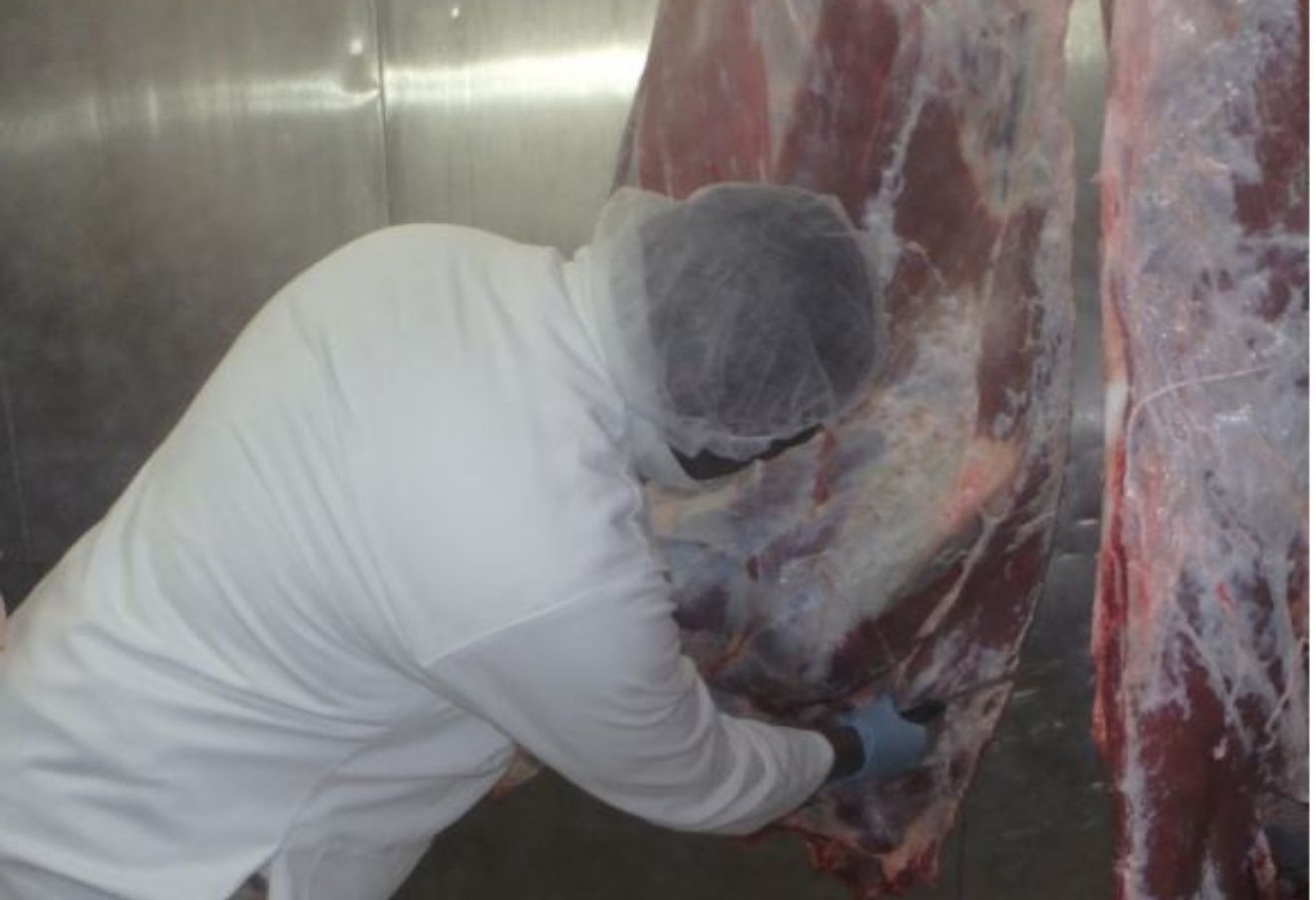Search
Featured post
Importance of Meat Inspection by Veterinarians Before and After Slaughter, to Public Health.
Importance of Meat Inspection by Veterinarians Before and After Slaughter, to Public Health.
In the field of food safety and public health, the importance of meat inspection cannot be overstated. Antemortem and post mortem meat inspection are crucial steps in ensuring the safety and quality of meat products that reach consumers. These practices are designed to identify and prevent the spread of diseases that can be transmitted through contaminated meat, protecting the health of the public and preventing the outbreak of foodborne illnesses.
Antemortem meat inspection refers to the examination of animals before they are slaughtered for human consumption. This step is essential in identifying any signs of illness or disease in animals, such as fever, abnormal behavior, or physical abnormalities. By detecting these issues early on, veterinarians can prevent the slaughter of diseased animals and reduce the risk of contaminated meat entering the food supply chain.
Post mortem meat inspection, on the other hand, involves the examination of carcasses and meat products after slaughter. This process allows veterinarians to detect any visible signs of disease, contamination, or other defects that may pose a risk to public health. By thoroughly inspecting meat products before they are distributed to consumers, authorities can ensure that only safe and high-quality products are available for consumption.
The importance of antemortem and post mortem meat inspection to public health cannot be emphasized enough. Contaminated meat products can harbor harmful bacteria, parasites, and viruses that can cause serious illnesses in humans, such as salmonella, E. coli, and trichinosis. These pathogens can lead to symptoms ranging from mild gastrointestinal discomfort to severe illness and even death in vulnerable populations.
In addition to protecting public health, meat inspection also plays a crucial role in maintaining consumer confidence in the food supply chain. By enforcing strict inspection protocols and standards, authorities can assure consumers that the meat products they purchase are safe, wholesome, and free from harmful contaminants. This helps to prevent foodborne illness outbreaks, reduce the economic burden of healthcare costs, and uphold the reputation of the meat industry.
Furthermore, meat inspection is essential for ensuring compliance with food safety regulations and international standards. By adhering to established guidelines and best practices in meat inspection, countries can demonstrate their commitment to upholding food safety and quality standards, promoting trade and international cooperation, and protecting the health of consumers worldwide.
In conclusion, antemortem and post mortem meat inspection are vital components of a comprehensive food safety system that safeguards public health and ensures the quality of meat products. By detecting and preventing the spread of diseases and contaminants in meat, veterinarians play a critical role in protecting consumers from foodborne illnesses and maintaining the integrity of the food supply chain. It is essential for governments, food producers, and regulatory agencies to prioritize meat inspection and invest in training, resources, and infrastructure to uphold the highest standards of food safety and public health.
Search on Wikipedia
What should you do if your Dog is Panting too much?
Labels
Most Popular
What should you do if your Dog is Panting too much?
Tags
- animal health
- antibiotic abuse
- Antimicrobial resistance
- antimicrobial stewardship
- Brooding
- cat
- cat myths
- chicken
- cow
- dairy
- deworming
- dog
- dog care
- dog ethics
- dog grooming
- dog health
- Dog safety
- Dog training
- Dogs
- dress
- exercise
- exertional rhabdomyolysis
- Food safety
- hoof care
- hoof trimming
- Horse
- horse care
- horse disease
- Meat inspection
- Meat safety
- milking
- myths
- parvovirus
- pet
- pet care
- pet care.
- pet health
- Pig farming
- Pigs
- Poultry
- poultry farming
- poultry feed
- tick infestation





0 Comments